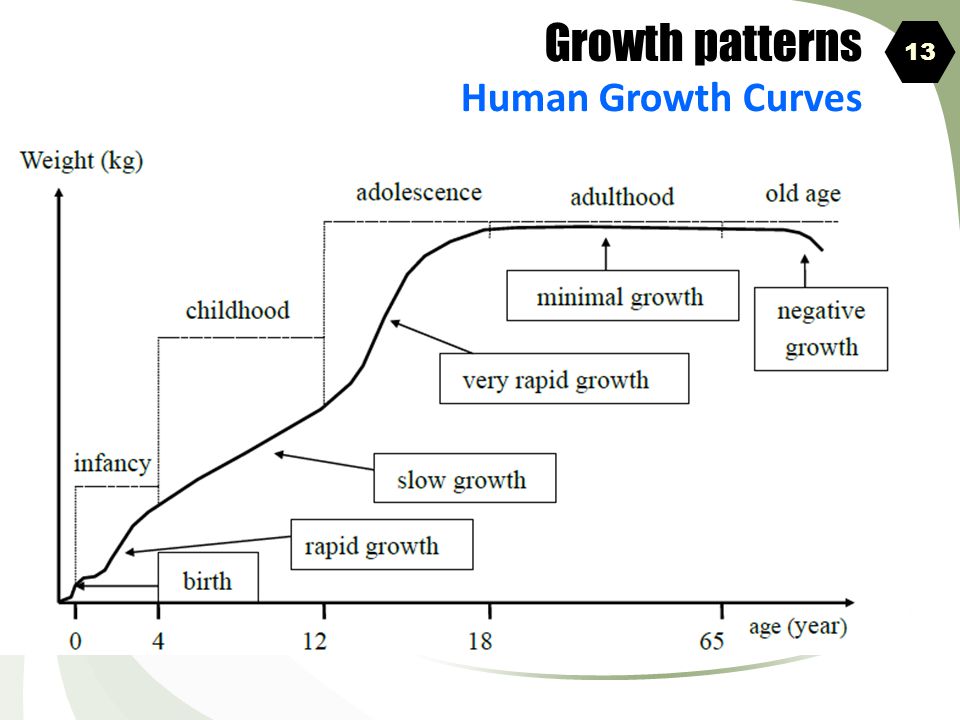Decoding the Average Height for an 11-Year-Old: What You Need to Know
As children progress through their formative years, parents often find themselves curious about their growth and development. One common question that arises is, "What is the average height for an 11-year-old?" This article delves into this intriguing query, offering insights into the factors influencing a child's height, how it compares to norms, and the significance of healthy growth during this critical stage.
1. Understanding Growth Patterns

Growth Patterns
1.1 Natural Variability:
It's important to note that children's growth rates can vary significantly due to genetics, nutrition, and other factors. There is no one-size-fits-all answer to the average height of an 11-year-old, but there are general guidelines.
1.2 Gender Differences:
Girls and boys often experience growth differently. Girls usually have their growth spurts between the ages of 9 and 11, while boys typically experience theirs a bit later, around 11 to 13.
2. The Numbers: Average Height
2.1 Girls:
On average, an 11-year-old girl might stand around 50 to 59 inches tall (127 to 150 cm). However, variations can be considerable, and heights between 45 and 68 inches are within the normal range.
2.2 Boys:
For boys of the same age, the average height could range from 50 to 60 inches (127 to 152 cm). Similar to girls, there's a wide range of normal, with heights between 45 and 68 inches being well within the spectrum.
3. Factors Influencing Height

Factors Influencing Height
3.1 Genetics:
The most substantial determinant of a child's height is their genetic makeup. If parents are taller, there's a higher likelihood that their child will also have an above-average height.
3.2 Nutrition:
Adequate nutrition plays a vital role in growth. A well-balanced diet that provides essential nutrients, including vitamins and minerals, can contribute to optimal growth during this crucial period.
3.3 Physical Activity:
Regular exercise and physical activity can stimulate the release of growth hormones, promoting healthy bone development and overall growth.
3.4 Sleep:
Quality sleep is essential for growth and development. During deep sleep, the body releases growth hormones that contribute to height increase.
4. Monitoring Growth and Development
4.1 Regular Checkups:
Pediatricians recommend regular visits to monitor a child's growth and development. These visits provide an opportunity to address any concerns and ensure that the child is progressing as expected.
4.2 Growth Charts:
Pediatricians use growth charts to track a child's growth over time. These charts compare a child's height and weight to national averages, helping to identify any potential issues early on.
5. The Importance of Healthy Growth
5.1 Self-Esteem:
Achieving a healthy height can positively impact a child's self-esteem and confidence. Feeling comfortable in their own skin contributes to overall well-being.
5.2 Future Health:
A child's growth patterns can also be indicative of future health. Consistently tracking growth can help identify potential health concerns that might otherwise go unnoticed.
6. Addressing Concerns
6.1 Late Bloomers:
Some children might experience delayed growth spurts. If a child's growth rate seems slower than their peers', consulting a pediatrician can provide reassurance and guidance.
6.2 Growth Disorders:
While rare, growth disorders can affect a child's height. Early detection and intervention are crucial if a growth disorder is suspected.
The average height for an 11-year-old is influenced by a multitude of factors, including genetics, nutrition, and overall health. While there's a general range for average heights, it's important to recognize that children grow at their own pace. Regular monitoring by a pediatrician and fostering a healthy lifestyle with proper nutrition and exercise contribute to optimal growth and development during this critical stage. If you have concerns about your child's growth, consult a medical professional for guidance tailored to your child's unique needs. Please note that these details are based on information available up until September 2021 and might not reflect the most recent developments.